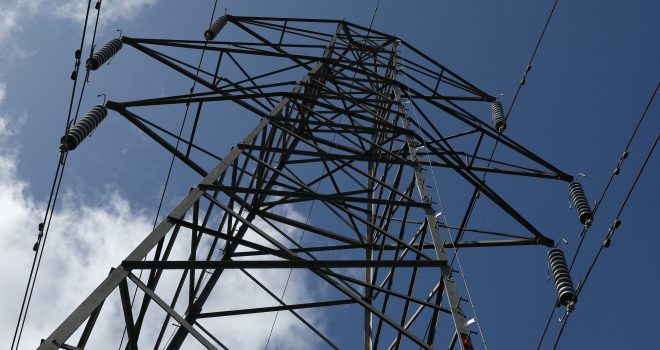Ever Wondered How Your Engagement Ring Was Made?

Bridal jewellery is a huge industry, estimated to be worth billions of dollars worldwide. All brides want a beautiful engagement ring to wear for life, yet so few people actually know how an engagement ring is made!
Research shows that the average cost of an engagement ring in the UK is £1865, but an engagement ring can set you back tens of thousands of pounds if you’re willing to go all-out! Don’t you want to know where yours comes from?
Let’s get digging into how an engagement ring is made, so you can know more about the ring you’re spending thousands on!
The metal setting
When buying an engagement ring, most people don’t think too hard about the metal setting itself. Other than the obvious colour differences between gold, rose gold, silver and platinum, there is often not much thought put into the decision. The buyer tends to go with whatever colour jewellery their fiancé wears, and pick that one. End of story.
However, there’s more to the metal-decision than meets the eye. Firstly, different metals have different chemical structures, so some are therefore more vulnerable to damage than others.
The hardest, sturdiest metal is platinum. This is also one of the more expensive choices for an engagement ring. Platinum is mined predominantly in South Africa, and shipped around the world to be melted for rings and other jewellery.
Of course, gold is the most traditional metal for wedding jewellery. Gold is mined all over the world, from China to Russia to South Africa. Gold has to be worn more carefully than platinum, as it is a softer metal, making it more susceptible to damage.
The global trade of these metals has not had the most peaceful past, but as time goes on, mining standards are improving. One can only hope that all workers who mine the metal for our rings will be given fair treatment and proper pay in the future.
The stone
Ah, the stone! The showstopper; the eye-catcher; the crowd-pleaser! The stone or stones in your engagement ring are the most noticeable, and the most expensive, part of your ring.
Diamonds are the classic choice, and are far less rare than stones like emeralds or rubies. In fact, when you look at the statistics, diamonds are rather commonplace! Diamonds are the most common precious stones found in the world, but have become valuable through marketing, and of course, their stunning beauty.
Other stones, such as emeralds and sapphires, are found in rarer deposits in countries such as Mozambique, Sri Lanka and Colombia. These are mined and bought by companies that either sell them as loose stones, or go on to manufacture them into engagement rings!
The conditions of precious stone mining depend entirely on the location of the mine and who owns it. Even within single countries, mining conditions vary from mine to mine. You should always get a certificate of origin with any precious stone.
The manufacturing process
Finally, there’s the manufacturing process. Independent jewellers manufacture their rings in-house and by hand, which is why they tend to be more expensive than mass-producers of jewellery like Tiffany & Co. Solo jewellers will have their own equipment, such as a ring mandrel, that they use to personally hand-craft engagement rings.
The manufacturing process of an engagement ring can take a number of weeks to complete, but this is largely due to resource issues; the actual manufacturing of a ring can take only a few hours!
Are you buying an engagement ring sometime soon, or do you already have one on your finger? Either way, now you’re a little more informed about how engagement rings are made around the world!




